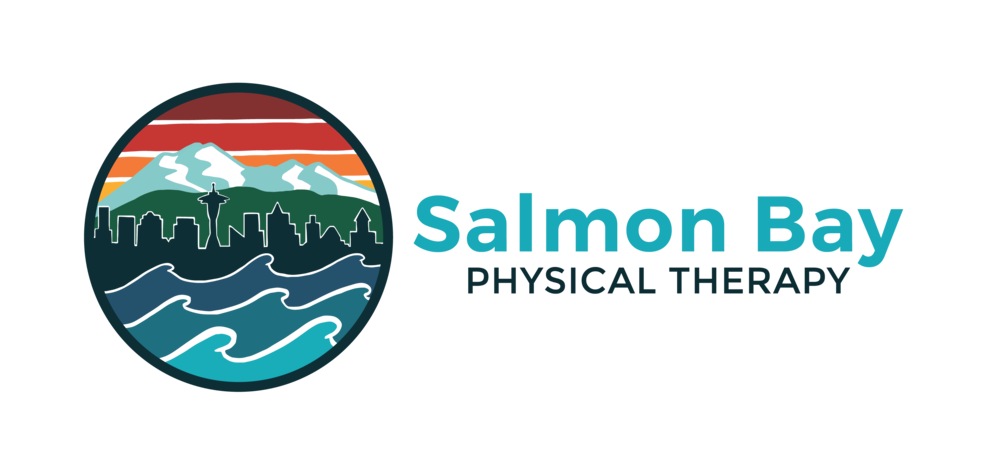You may have heard the term plantar fasciitis when asking around about pain in the bottom of the foot or researching your symptoms, but what is it and why is it inflamed? The plantar fascia is a thick fibrous band of tissue that runs along the bottom of the foot, starting along the heel and connecting to the base of the toes. It’s main purpose is to provide support to the arch along the inside of your foot. Just like any other tissue of the body, it can become stressed, strained, irritated, and/or inflamed, leading to pain anywhere from the heel to the arch of the foot. The plantar fascia is most commonly stressed due to decreased flexibility, higher body weight, increased pronation (or flat feet), activities involving prolonged weight bearing, or a rapid increase in activity levels, such as the beginning of a new running program. All these factors can place increased stress along the arch of your foot and the plantar fascia, leading to inflammation and possible pain.
So what can you do to reduce the pain and improve mobility? Physical therapy is a proven method for treating plantar fasciitis, helping patients to develop a personalized program to reduce pain and improve mobility. Typically, physical therapists will address flexibility and strength impairments, while also utilizing specific taping methods and going over proper shoe selection. Here are a few exercises typically used to treat plantar fasciitis:
Plantar Fascia Myofascial Release
If your symptoms seem to be lingering or you have more questions, contact us in order to schedule an appointment with one of our qualified physical therapists for evaluation and treatment. Get started now!


